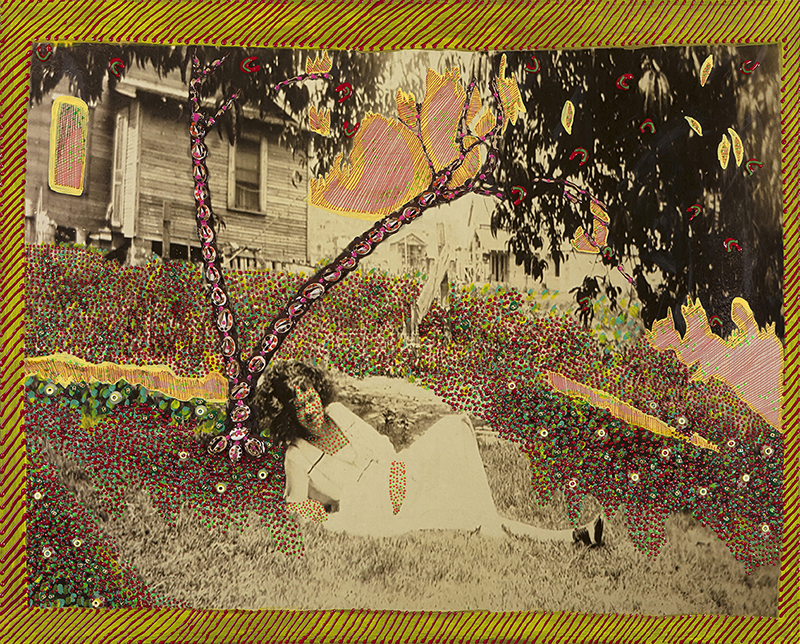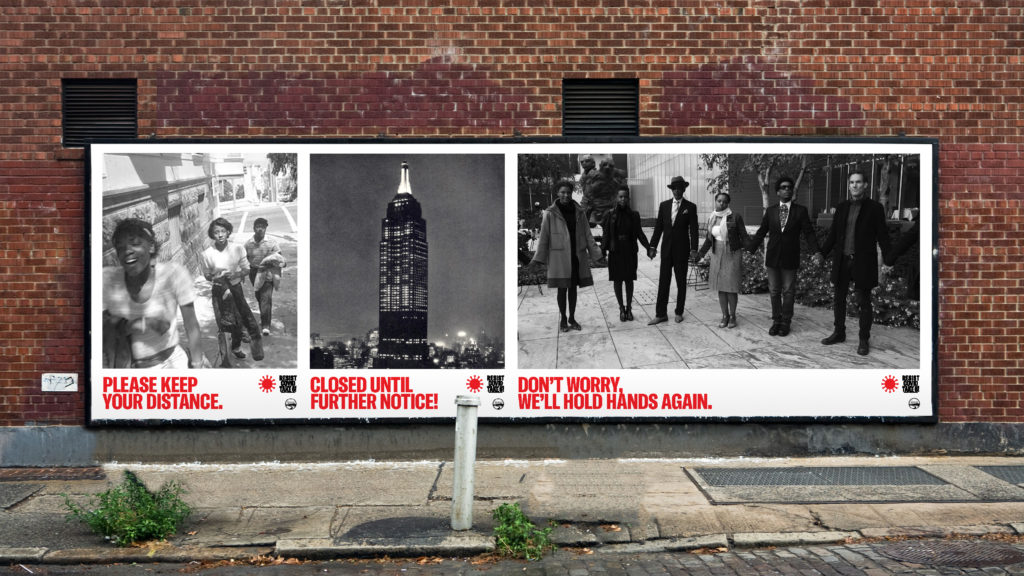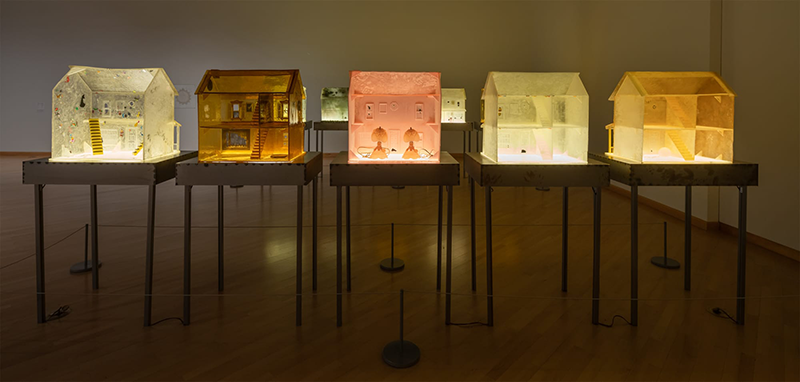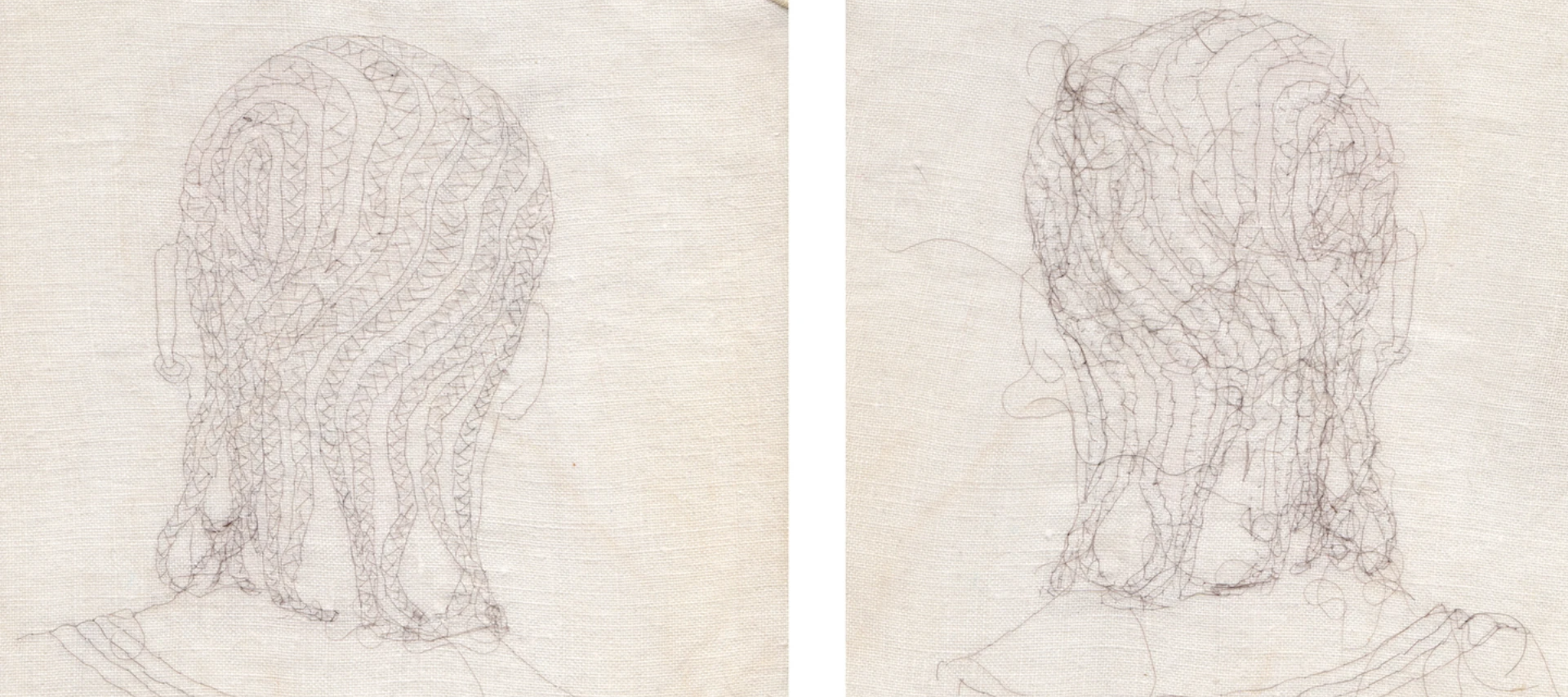This week we highlight the important work of Black, Indigenous, and People of Color (BIPOC) women artists who make our collective history of art deeper, richer, and infinitely more human.
Front-Page Femmes:
Multidisciplinary artist Simone Leigh was commissioned by Washington, D.C. mayor Muriel Bowser for a massive tribute to Black Lives Matter on the street leading to the White House in Washington, D.C.
Visual artist Crystal Z Campbell published an open letter to Tulsa, Oklahoma: “I ask, in 2020: How can we be truthful? How can we revisit history in a reparative way?”

The New Yorker profiled poet Wanda Coleman, “one of the greatest poets ever to come out of L.A.” “i go to sleep and have dreams about falling / and can’t stand the suspense so i sweat it out / and land on my feet”—“Wanda in Worryland” (1990)
Artnet asked Candy Kerr, Amy Khoshbin, Ebony Brown, Fariha Róisín, Marian Bailey, Miriam M, and other artists, to share their protest experiences. “Saturday was my birthday and I chose to bathe in black joy. Sunday, I refueled. My soul holds joy and sorrow at the same time.”—Candy Kerr
Writer and curator Kimberly Drew’s YA book, This Is What I Know About Art, was released this week. Purchase it at your local Black-owned bookstore. “I offer this book as an invitation to every young person whose inner voice tries to stop them from speaking up or joining in a dialogue about art.”
Filmmaker Ava DuVernay launched Array 101, an online education platform to dig deeper into her films’ social themes: “History and knowledge of what we’re in the midst of gives context to our feelings and allows us to move into a place of action instead of just dread and sadness.”
Allure profiled the artists behind the Black Lives Matter art shared on Instagram, including Stormy Nesbit, Dani Coke, Robin Hilkey, Miriam Mosqueda, Shirien Damra, and more.
The National Endowment for the Arts revisited a conversation with Jesmyn Ward, two-time National Book Award winner, about her memoir Men We Reaped.

Artnet featured artist Carrie Mae Weems’s new initiative to draw attention to how the COVID-19 pandemic disproportionately hurts communities of color. “I hope to build awareness by asking questions, by providing the simple facts of our extraordinary realities, and embedding them inside powerful imagery.”
Harper’s Bazaar profiled Tracee Ellis Ross. “[Hollywood needs more stories] about our inner lives and our dreams and our choices, particularly for women of color, so that we get to see the full spectrum of who we are.”
Complex interviewed photographers Dana Scruggs, Flo Ngala, Adrienne Raquel, Arielle Bobb-Willis, and Lacey Duke. “Once we get to the point where you can be black, successful, and mediocre—then we’ll be able to say that things have actually changed.”—Dana Scruggs
Hyperallergic interviewed visual artist Tenaya Izu. “I will hopefully never finish growing and changing, same as everyone else passing through time. It is thrilling, unearthing new parts of myself.”
Shows We Want to See—Online Edition
Lorna Simpson’s exhibition Give Me Some Moments is viewable online at Hauser and Wirth. The Guardian recently interviewed the artist. “Any society, or self, constructed to always separate itself from the other is doomed.”

Viewable online at the California African American Museum, Sula Bermúdez-Silverman: Neither Fish, Flesh, nor Fowl unites several bodies of work that draw upon the artist’s experiences as an AfroPuerto Rican and Jewish woman. “The works in the show start from personal experience and manifest into something much larger to talk about society as a whole and cultural exchange.”
